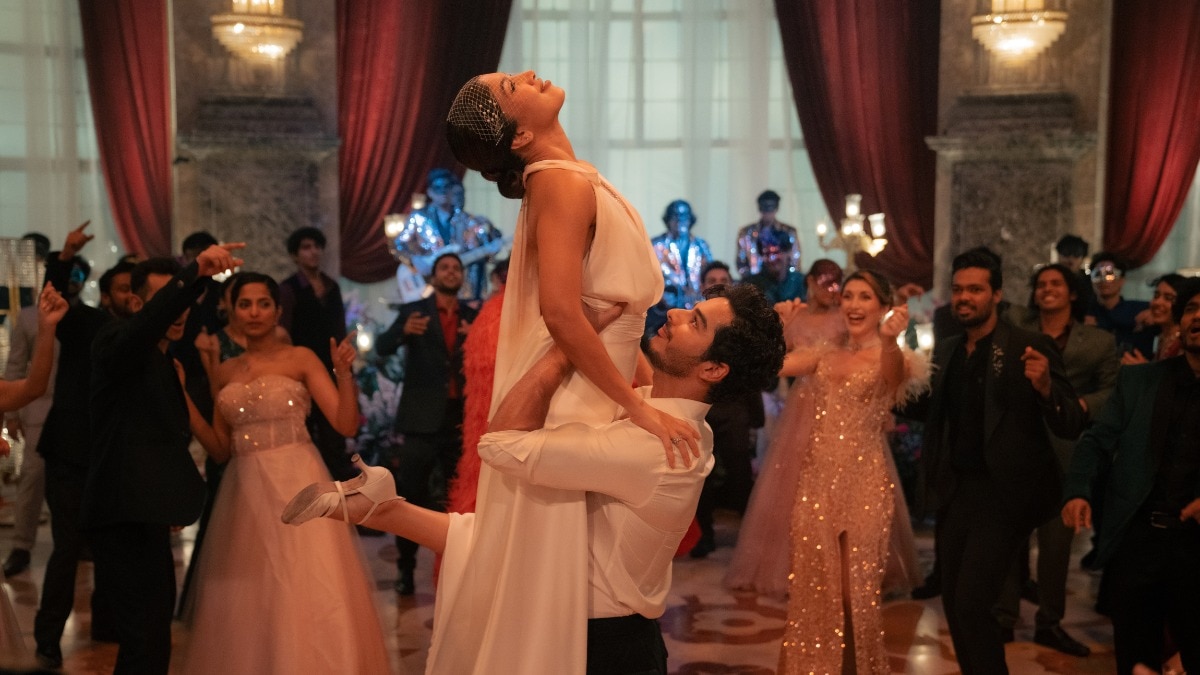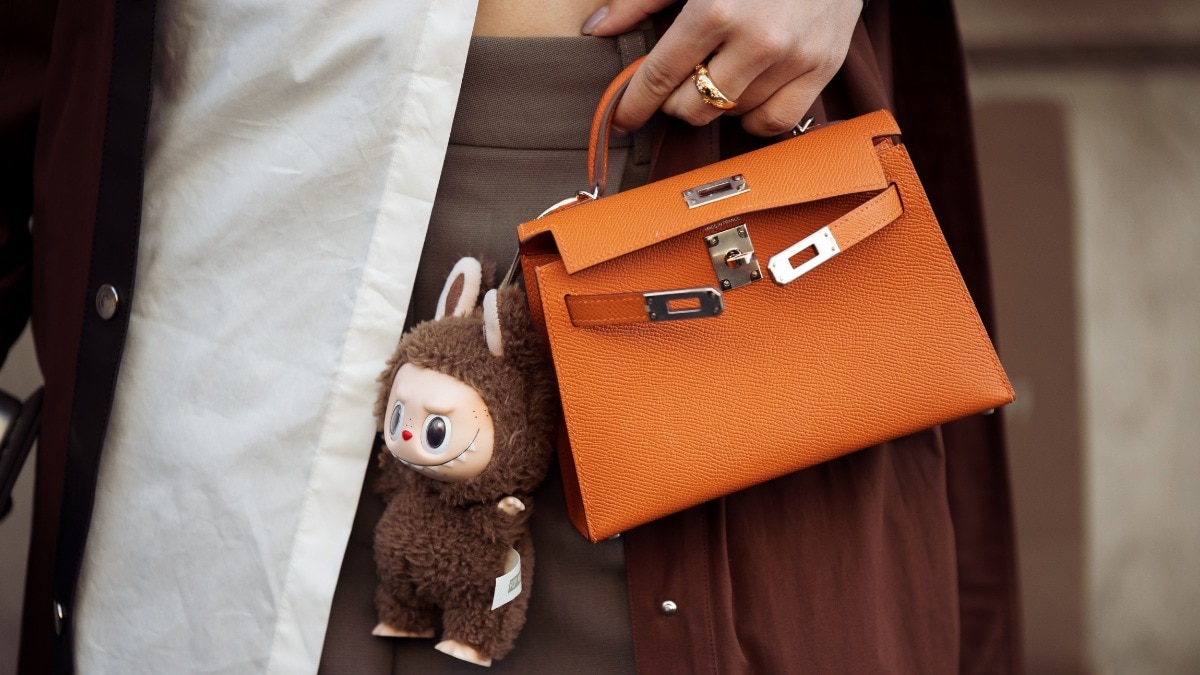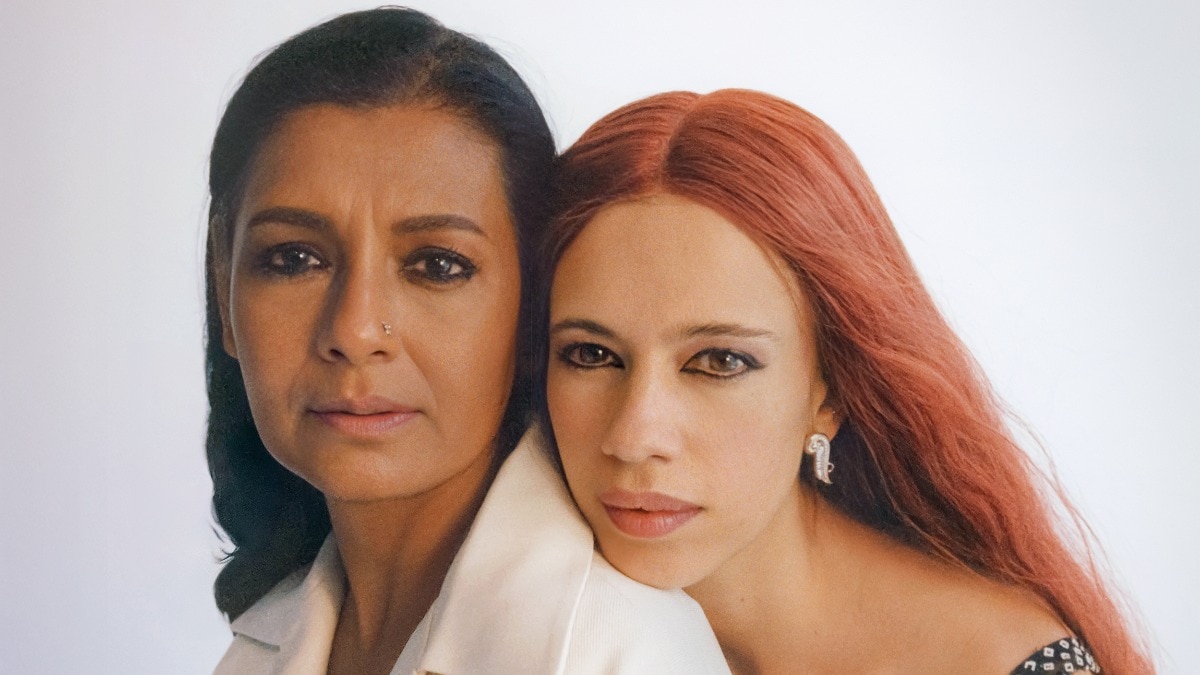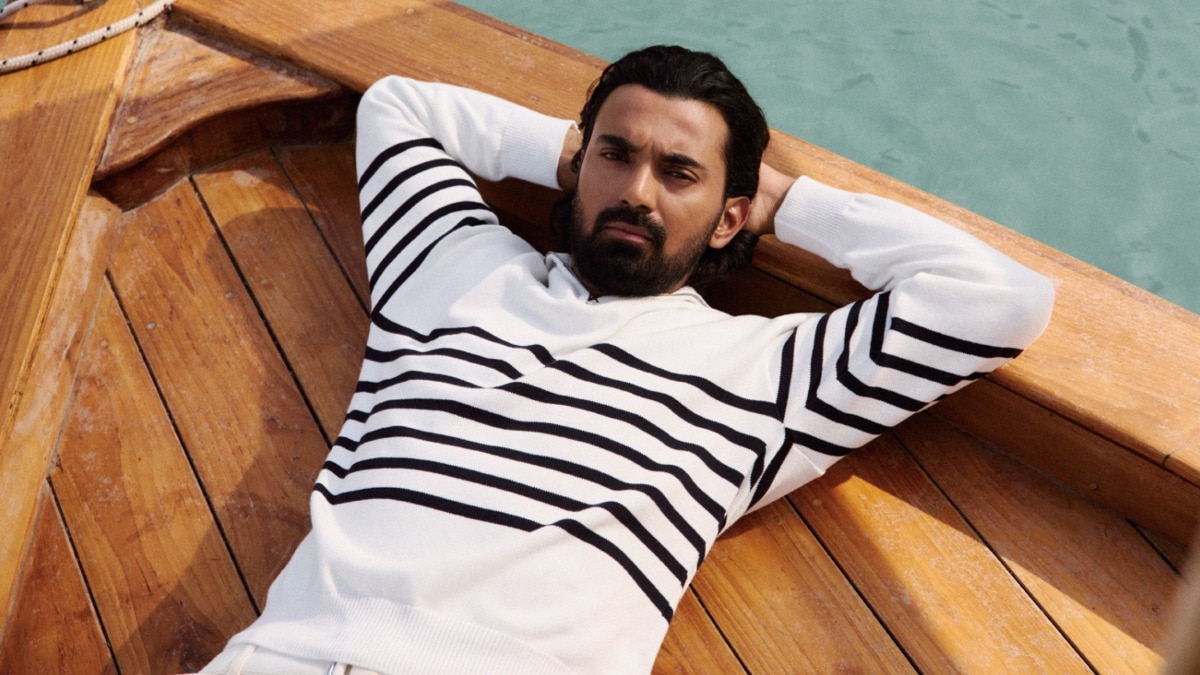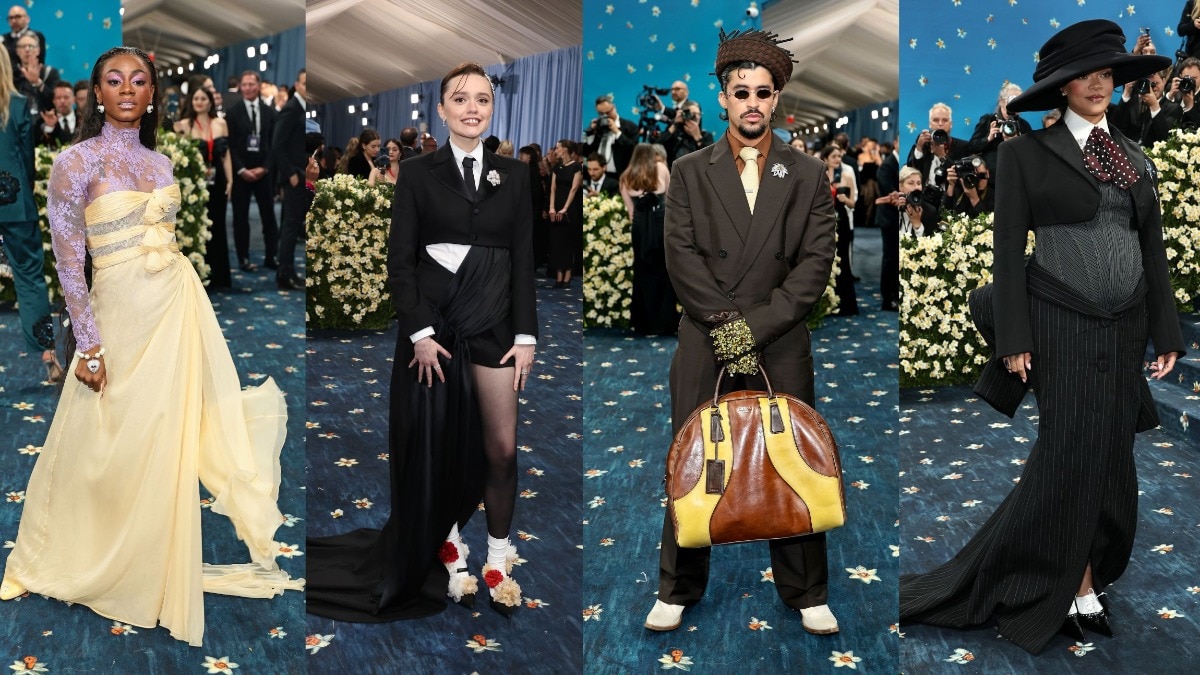What India Art Fair 2023 taught us about inclusivity
Beyond mediums, themes, price, and nationalities.


Every year I visit the India Art Fair (IAF), I am immediately reminded of the art entrances I never cracked, and the many canvases that are lying at the back of my cupboard, waiting to be completed. But, with the overriding guilt of not having worked on becoming an artist, comes the strong reminder of the sheer power of art to captivate and move you. No matter who you are and what you do.
And that, to me, is where the inclusivity begins.

As I walked into the playful works by Avinash Veraraghavan—a series that included teddy bears, astronaut, skulls, everyday architecture, and so much that reflects childhood—thoughtfully weaved into works on beads, stitching, fabric, and colours, I marvelled at the vastness of the idea and then the choice of medium. From things we find around the kitchen, to building sites—I marvelled at the mediums that each piece of art told of. Was I ignorant to such use of material or has what includes fine art grown to encompass so much more?
I think the answers followed as I spent the next few hours on the grounds that saw 85 exhibitors and 71 galleries bring the best of their collections.

From the work of the masters we’ve come to know so well like SH Raza, FN Souza, MF Husain, and Krishen Khanna; to leading names like Atul Dodiya, Jaysri Burman, Paresh Maity, Prabhakar Pachpute, Sheela Gowda, Thukral & Tagra, Debasish Mukherjee, and Karan Srestha to name very few; international artists like Michelangelo Pistoletto, Marc Straus featuring Anne Samat, and Andy Warhol; and digital artists like Mira Felicia Malhotra, Gaurav Ogale, and Varun Ogale, and so many more I know I am missing; and even traditional Indian artists like the Vadeya Brothers, Bhuri Bai, Ajit Kumar Das, Bhajju Shyam, KM Singh, Putli Devi, Chanchal Chakraborty, and Avinash Karn; you had the best and most of Indian and South Asian art in not only the three halls but the city throughout which IAF has been peppered.
And whether it was the thought-provoking sculptural installation by Parag Tandel in which he recreates the seven small islands that made up Mumbai before it grew into a mega metropolis; the surreal eight-feet-tall, twisted fibreglass scale by Shivani Agarwal inviting audiences to measure the intangible such as emotions of love, joy, intimacy, and truth; the aged sketch of Sunil Padwal documenting the everyday vagaries of life; the inked explorations of Ovadia Alkara that urged one to find hope in an otherwise grim world; or the modern stories of rural India told through Sangita Jogi’s traditional Jogi art—there was no emotion that was not evoked in me in the time I spent scrutinising every work until my back gave up.

I cannot explain the sheer joy I felt when I stood in front of a piece of art and I was handed an iPad, which brought the painting to action on the screen, with the people coming to life and telling the story of each. “How did they do that!” I exclaimed. It wasn’t the first time I said that at the IAF, but it was the first time I could not contain it to my mind. The organiser explained that the artist had made the work on Procreate and integrated it with artificial intelligence on an app that made this possible. As if the canvas was not compelling enough on its own, I thought.
To speak nothing of the NFTs that were also given equal space.
The IAF, this year, spoke of their emphasis on furthering inclusivity—not only across mediums; stories; and artists and their nationalities, genders, sexualities, and backgrounds, but also in the audience they are trying to bring into the fold, starting with their Young Collectors Programme, which aims to increase awareness among new and potential buyers, showing and selling art at affordable price points.

Of course, we haven’t even spoken beyond the physical art. There are performance art pieces that are part of the programme; talks; and for the first time ever, a posterzine called Fire in the Belly that aims to facilitate the empowerment of women and gendered others.
And as I sat, hoping to give my back some relief, I resorted to people gazing and it proved to be equally exciting. There were art students who looked at everything with great curiosity, the “dressed top to toe in Dior” and we need art to “invest” in and show off at our next parties, the serious collectors who knew what they were looking at, and those who knew nothing of art and felt it would make great content for social media. I’m thinking more inclusivity, are you?

